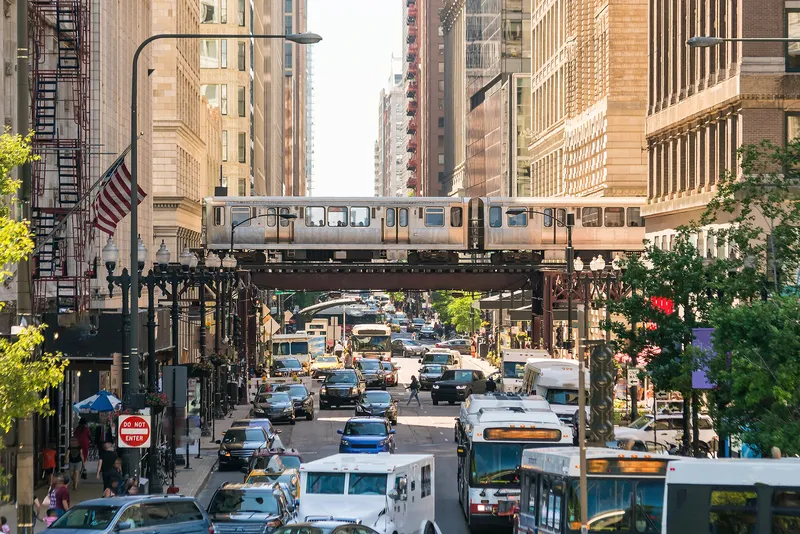TransCore has completed construction of the area’s first fully-automated, reversible direction open road tolling system along I-30, a major east-west corridor that spans Arlington, Grand Prairie, and Dallas, which includes 16 miles of dynamically-priced managed lanes, of which 7.6 miles are reversible to better accommodate heavier traffic during peak travel times. As part of the implementation, TransCore also provided a Managed Lane Dashboard enabling TxDOT to remotely monitor and manually control incidents, as they arise.
In August, TransCore completed nearly 10 miles of high occupancy vehicle express lanes along I-635 just east of downtown Dallas, connecting US 75 to I-30.
Construction continues on the I-35E managed lanes running north/south from Farmers Branch to Denton. The managed lanes will include nine toll zones, five of which will be reversible.
TransCore also continues construction of nearly 30 miles of managed lanes along State Highway 114 north of Irving and SH 183 east of Euless. Known as the Midtown Express, this project adds one new managed toll lane in each direction in some locations along both corridors. The Midtown Express managed lanes are expected to be completed in 2018.
In 2014, TransCore completed four miles of managed lanes on the DFW Connector along State Highway 114 in Grapevine.
All toll locations are equipped with TransCore’s Infinity digital express lane system, which consists of Encompass 6 readers that enable toll interoperability within the region and across the nation. They also include the intelligent vehicle identification system to accurately classify vehicles, the vehicle capture and recognition system to capture video images and a dynamic pricing module that accounts for specific roadway geometries, traffic patterns and operational business rules.
TransCore develops nearly 100 miles of express lanes in Dallas/Fort Worth
TransCore is in the midst of deploying over 100 miles of express lanes throughout the Dallas/Fort Worth Metroplex, as part of an initiative to increase mobility along the region’s busiest corridors. With 34 lanes already operational, the Texas Department of Transportation (TxDOT) plans to mark the 100-mile milestone by the end of 2018.
November 8, 2016
Read time: 2 mins








